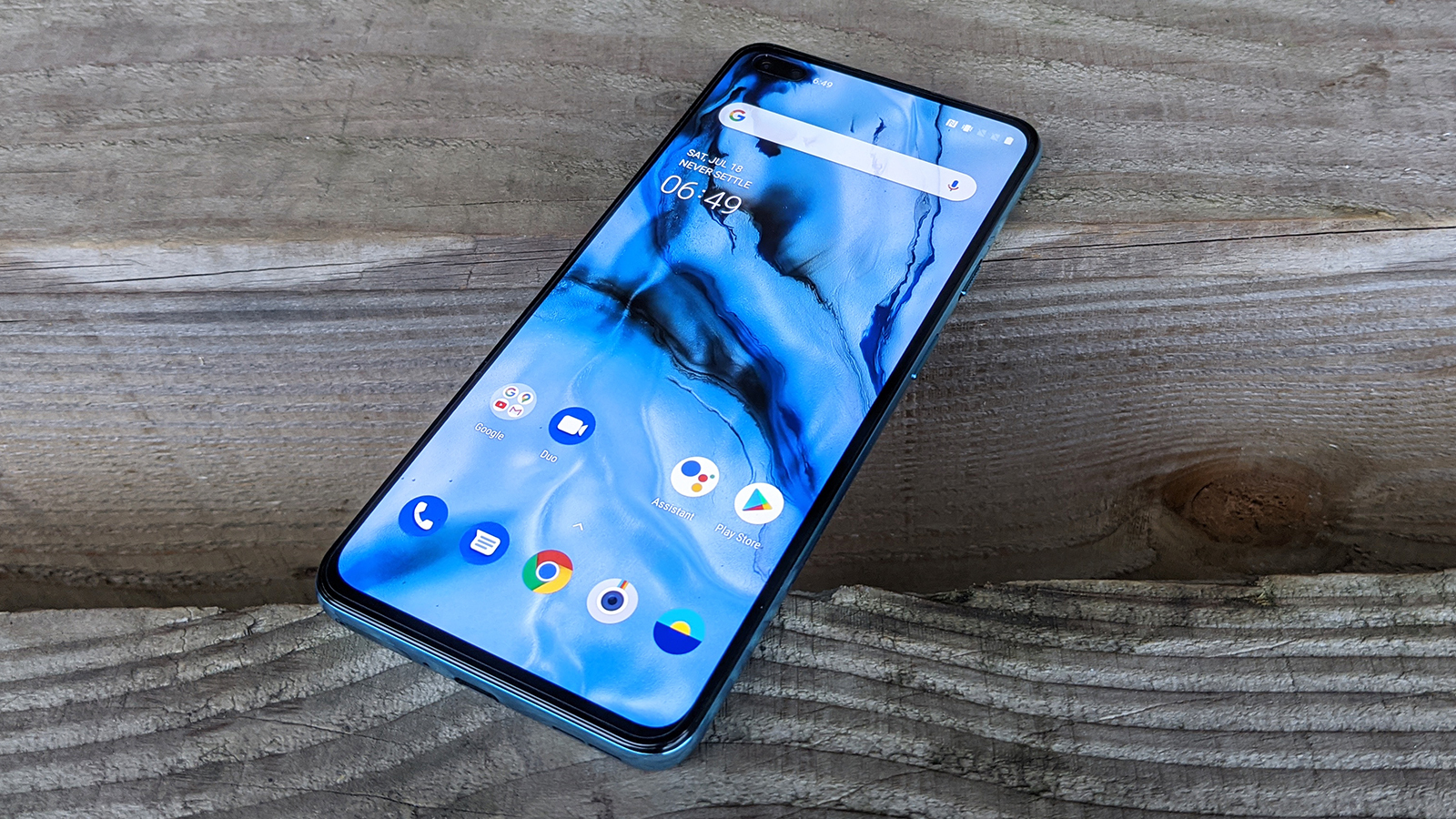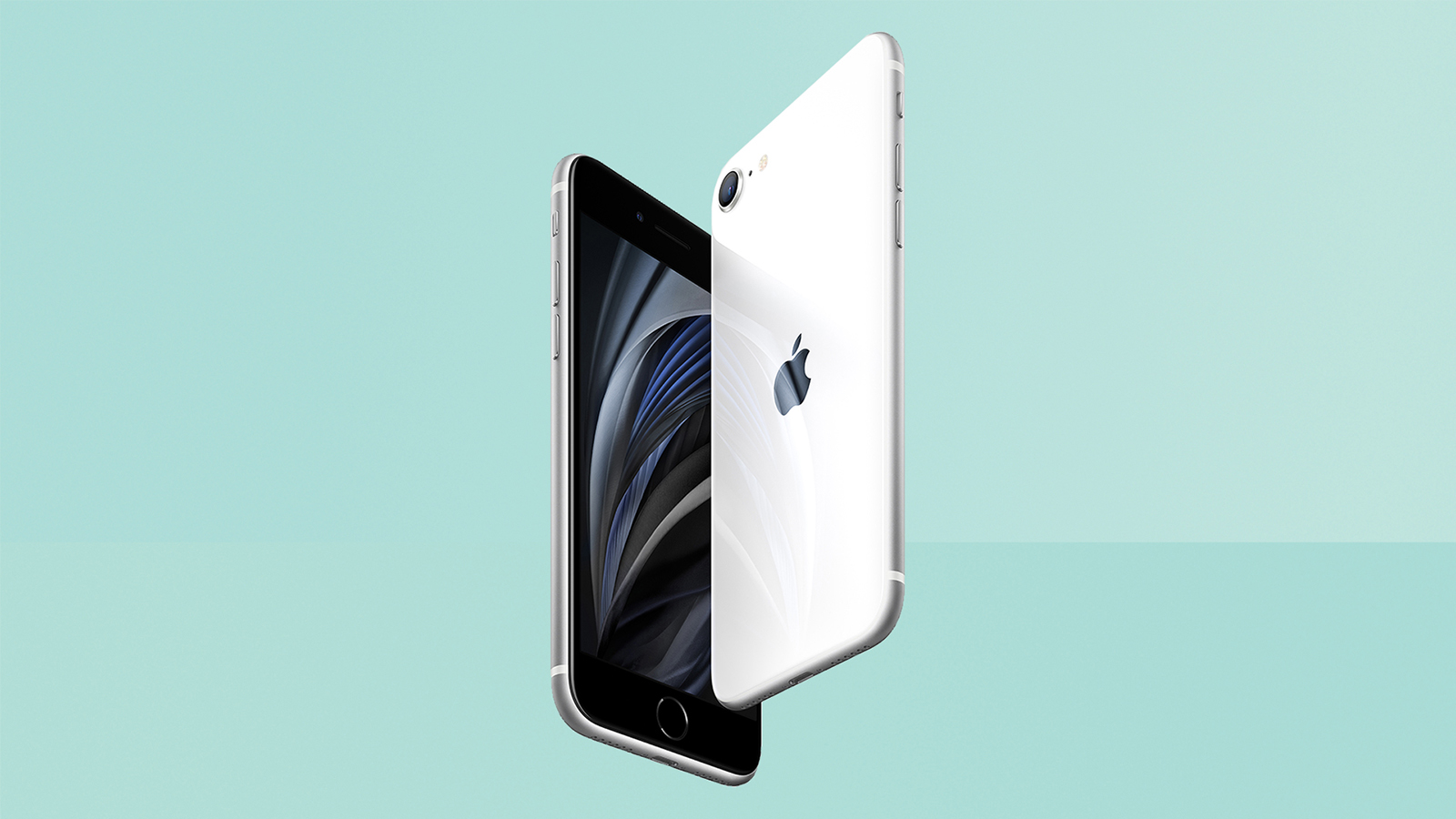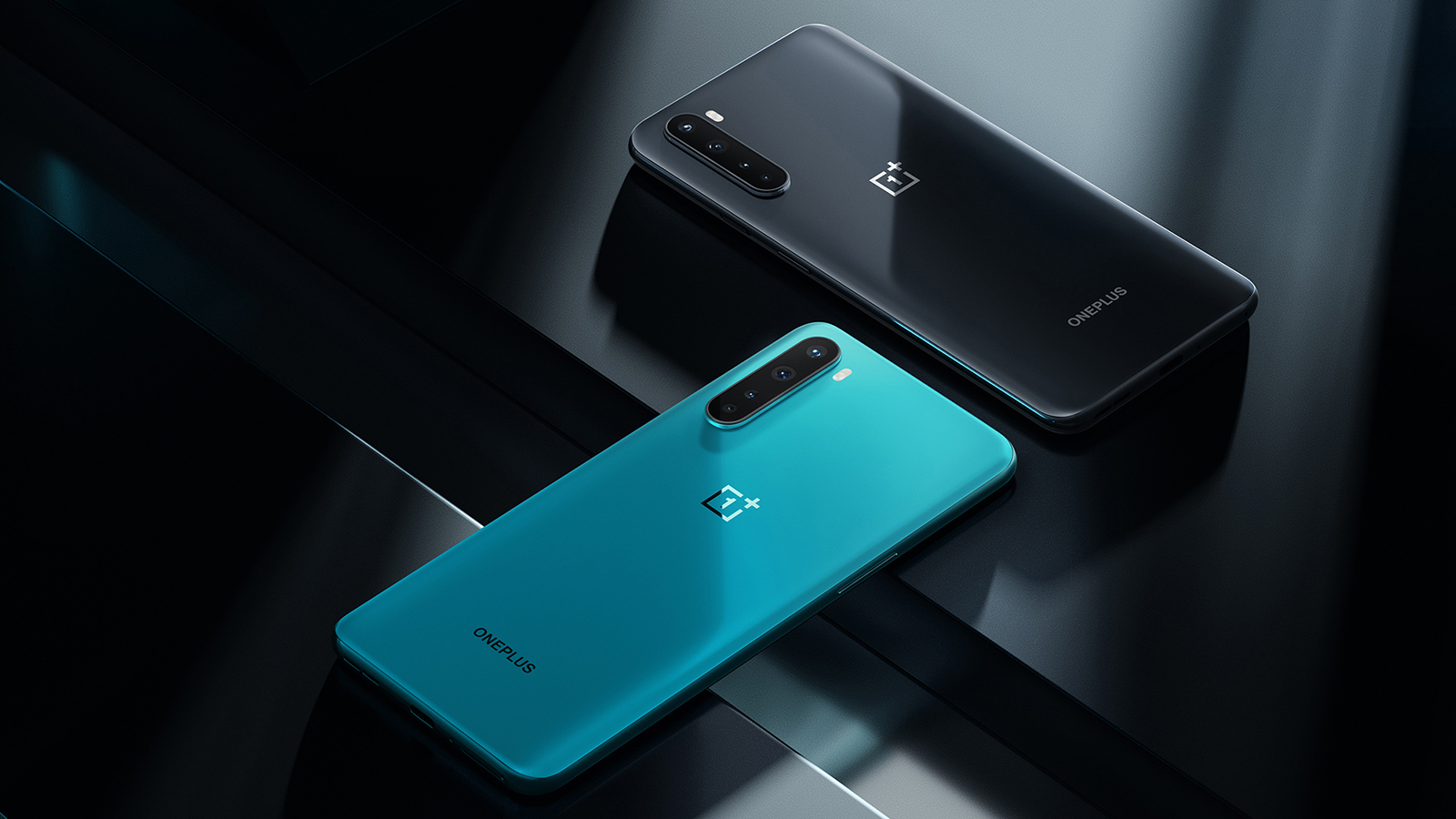iPhone SE vs OnePlus Nord: which cheap phone is best?
Does Apple's iPhone SE or the OnePlus Nord come out on top of this budget pair?


Anyone shopping for the best cheap phone is likely to come across the iPhone SE versus OnePlus Nord question sooner or later – these are two of the most appealing handsets on the market if you're shopping at the more affordable end of the scale.
Both the iPhone SE and the OnePlus Nord bring with them impressive levels of speed and performance – easily matching up the best smartphones of any kind – as well as very capable rear camera setups, and screens that are crisp and sharp. There are differences though – not least that one runs on iOS and the other one runs Android.
As we'll explain, these handsets are also very different in terms of screen size. The 4.7-inch iPhone SE display is one of the smallest on the market, while the OnePlus Nord goes in the other direction – its 6.44-inch screen is one of the larger ones you can buy at the moment.
Both these phones made their debut in 2020 and remain solid choices for a new handset today too, despite being replaced by the iPhone SE 2022 and OnePlus Nord 2 respectively
iPhone SE vs OnePlus Nord: design and screen

The iPhone SE 2020
The iPhone SE is something of a throwback when it comes to the Apple iPhone design – we're talking a pre-iPhone X look, with thicker bezels, the traditional home button, and Touch ID. It's perhaps not the phone to get if you want something that looks as modern as possible, though it definitely is the phone to get if you're after a phone that's as compact as possible – the screen is just 4.7 inches from corner to corner.
The display uses LCD technology and runs at a resolution of 1334 x 750 pixels – it doesn't have quite the contrast and colour of the OLED displays on the top-end iPhones. The handset does bring with it IP67 protection against dust and water (it's rated to last up to 30 minutes in 1m of water), and you can buy the phone in black, white or red finishes.
As for the OnePlus Nord, the majority would probably agree that it's a more eye-catching piece of hardware. It's certainly bigger than the iPhone SE, with a 6.44-inch screen that does make use of the superior OLED technology. The display runs at a resolution of 2400 x 1080 pixels, with a super-smooth refresh rate of 90Hz – another advantage over the iPhone SE.
Get all the latest news, reviews, deals and buying guides on gorgeous tech, home and active products from the T3 experts
The OnePlus Nord has much thinner bezels than the iPhone SE too, and we think that it's the clear winner in terms of design. What it doesn't have is any official waterproofing or dustproofing rating, though it should be able to withstand the occasional splash or rain shower. When it comes to the OnePlus Nord, Blue Marble, Grey Onyx and Grey Ash are the three colour choices.
- These are the best small phones you can buy right now
iPhone SE vs OnePlus Nord: camera and battery

The OnePlus Nord
The iPhone SE makes do with just a single 12MP rear camera, which means you don't get the flexibility of some mid-rangers (or the Nord – see below), but the image quality is extremely high – almost at flagship levels. It does well at background blur in Portrait mode (thanks in part to the very speedy A13 Bionic processor on board). On the front, there's a single 7MP snapper.
When it comes to the battery, the iPhone SE makes do with just a 1,821mAh-capacity battery. This is well below average, but it's not unusual for an iPhone – because of the tight control Apple has over both hardware and software, it's often able to squeeze more battery life out of smaller batteries, and in the case of the iPhone SE the manufacturer claims you'll get 13 hours of video watching between charging. Wireless charging is supported, as well as 18W fast charging.
On paper at least, the OnePlus Nord has more to offer in the camera department, with a quad-lens 48MP+8MP+5MP+2MP camera on the back. More cameras and more megapixels don't necessarily mean better photos, though, and that's the case here. In a direct comparison of the same kind of camera, the Nord's pics are just a little less true to life, and don't capture quite the same impressive dynamic range – though they still look perfectly good. Of course, the Nord is capable of taking photos that the iPhone SE simply can't, thanks to having options such as an ultrawide lens. But if you don't tend to get creative, with your lens choice, the SE may be the smarter camera choice. On the front of the OnePlus Nord is a dual-lens 32MP+8MP camera, again with ultrawide. But once more, the iPhone's images are somewhat more pleasing.
As for the battery on the OnePlus Nord, it carries a capacity of 4,115mAh. OnePlus hasn't said quite how much time you can expect between charges, but we'd expect it to last through the day, like the majority of phones these days. The 30W fast charging that the phone comes with is impressive – enough to get to 70 percent from zero in half an hour – but wireless charging isn't supported.
- Check out the best Android phones on the market
iPhone SE vs OnePlus Nord: specs and features

The iPhone SE definitely has the edge over the OnePlus Nord when it comes to processor speed – it carries the same super-fast Apple A13 Bionic chipset found in the iPhone 11 models, which means it's going to absolutely race through any task you set it. That processor is paired with 3GB of RAM and either 64GB, 128GB or 256GB of RAM, depending on how much you need (and how much you want to spend).
You don't get 5G connectivity with the iPhone SE, but you do get iOS – the very polished, very stable mobile operating system from Apple. In fact, if you're choosing between the iPhone SE and the OnePlus Nord, the one you pick may well come down to whether you prefer iOS from Apple or Android from Google for the software on your phone.
Over in the OnePlus Nord corner, we've got the capable mid-range Qualcomm Snapdragon 765G processor, which is fine but not up to the level of the A13 Bionic CPU. There's 8GB or 12GB of RAM inside, plus 128GB or 256GB of internal storage, so even if the iPhone SE is likely to be a little faster, you're still getting plenty of mobile performance for your money with the OnePlus Nord too.
The OnePlus Nord does give you the option of next-gen 5G connectivity, unlike the Apple phone, and it's running OxygenOS – that's the specific OnePlus take on Android, which we actually quite like (we think Google could take one or two cues from it). There's not going to be a huge difference in the levels of performance when it comes to the iPhone SE and the OnePlus Nord, but we think the iPhone SE just has the edge.
- All the best gaming phones in one place
iPhone SE vs OnePlus Nord: Price and verdict

It's worth emphasising that both the iPhone SE and the OnePlus Nord are excellent phones – if you're trying to choose between them, then you can't go wrong really, because either handset will serve you very well indeed. These are good-looking, feature-packed, speedy performers, and they both come in at a competitive price – check the widget at bottom of page for live deals.
You'll notice no US price for the Nord, however, and that's one way of distinguishing between these two phones: the OnePlus Nord isn't available in the United States, so if that's where you're reading this from, you'll have to consider an alternative like the OnePlus Nord N10 5G (which is actually even cheaper).
In terms of size, the OnePlus Nord is obviously the winner if you like to go big – it's larger and has a more impressive display, so that's one way of choosing between these handsets. And vice versa, if you want a smaller phone, the SE is the obvious choice. You can also look at the Android vs iOS contrast, because if you've got a favourite mobile operating system then that's going to guide you towards one or the other of these phones.
As for raw performance and stability, the iPhone SE has the edge, and it's likely that it's going to carry on getting software updates for a longer period of time, too, potentially making it a better investment. It also wins on camera quality, though not on camera flexibility, so it's probably a draw overall there.
Which one is the 'best' phone is really going to depend on what you're after, and what appeals to you most – but during your deliberations just bear in mind that they're both excellent smartphones that we're happy to recommend.
Dave has over 20 years' experience in the tech journalism industry, covering hardware and software across mobile, computing, smart home, home entertainment, wearables, gaming and the web – you can find his writing online, in print, and even in the occasional scientific paper, across major tech titles like T3, TechRadar, Gizmodo and Wired. Outside of work, he enjoys long walks in the countryside, skiing down mountains, watching football matches (as long as his team is winning) and keeping up with the latest movies.
